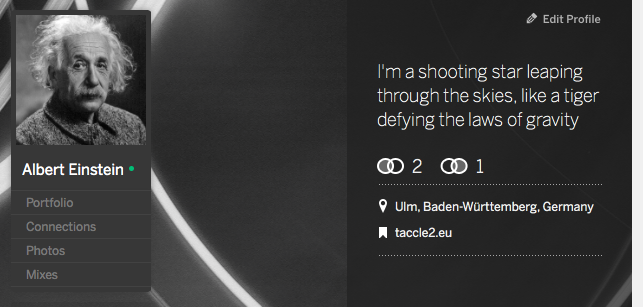3 practical ideas for using ICT in STEM teaching – How Science Works
Over the coming weeks I’m going to share some practical ideas from the Taccle2 Handbooks on e-learning for teachers of Primary, STEM, Humanities, Creative and Performing Arts and Key Skills. Here are some ideas for exploring How Science Works.
Ask your students to create a social networking profile for a scientist on MySpace explaining their discoveries. Find a list of scientists and see our Einstein page for inspiration. Get each person in the class to add a Facebook profile for a famous scientist – who would their ‘friends’ be? What would their favourite books or music be? What sort of conversations or arguments would they have with each other? (it’s more fun if you assume that they they can communicate over time as well!)
Find present day scientists on Linked-In or academia.edu or MyExperiment. What research are they doing right now? Create a class blog where students can record what they have learned and use the comments to discuss who was the most important scientist in history.
Talking of debates, check out aMap to start an argument. Students follow the on-screen instructions in order to join an existing argument or start a new argument. They’ll have to provide an email address, name and location but you can use the same email for multiple users. They are prompted to add reasons and supporting evidence for their argument. When they have finished they get an embeddable mind map which others can reply to by creating their own “argument map”. See the Taccle2 blog for an example.
All of the Taccle2 handbooks are available to download for free from the Taccle2 website.

